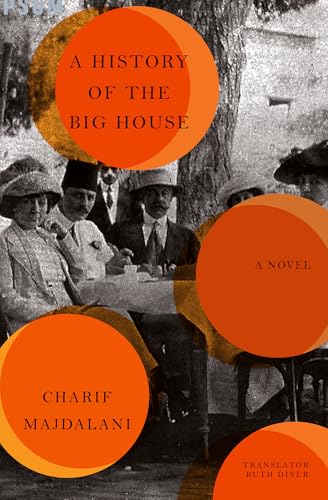A History of the Big House
A History of the Big House, translated from the French, stands halfway between a novel and a memoir. Majdalani writes to recreate the lost world of his grandfather Wakim Nassar. At the end of the nineteenth century, Wakim fled his native village in Lebanon after a quarrel to found “The Big House” on land close to Beirut but where the Bedouin had been camping for generations. The surviving family members our narrator visits in his quest can give only the barest outlines, sometimes conflicting. But he builds a richly described and peopled world easy to believe in and to imagine.
While mulberry trees to feed silk worms were the livelihood of neighboring farms since the edge of memory, Wakim shifts to citrus to ship to the European market. He takes credit, in fact, for the development of the clementine, those sweet delights of wintertime (contrary to western-centric versions of the story). Beautiful daughters and handsome sons soon populate the house, and many in the neighborhood benefit from the family’s charity, including soldiers gone awol from the Turkish army during the First World War. As punishment, Wakim, his wife and younger children are taken prisoners by the Turks, deported and moved into houses of Armenian victims of the genocide. The family members are returned after the war, but the forces that will lead to the Big House’s abandonment are already at work.
The cultural and descriptive richness of this account makes for an engaging read.










